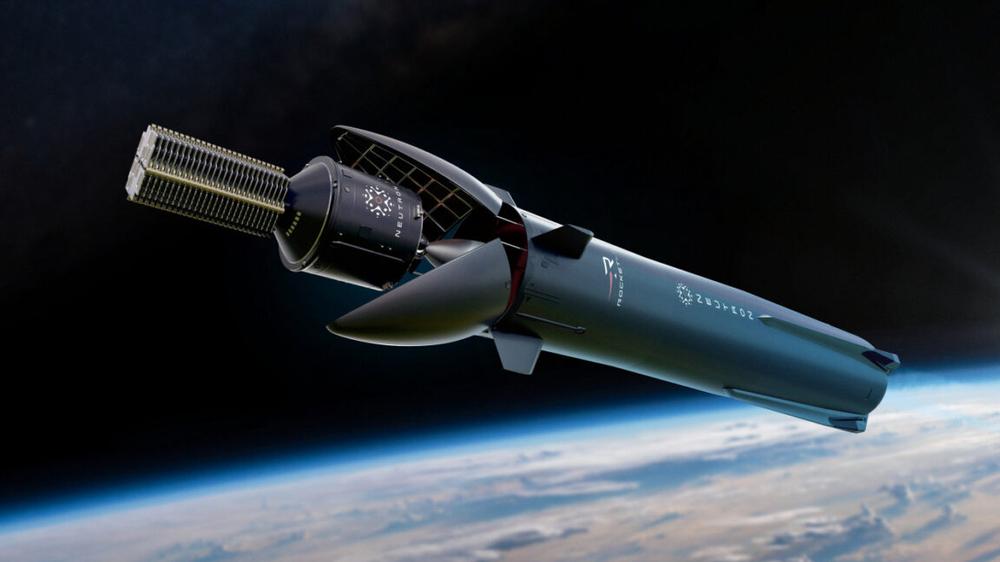During an earnings call on Monday, Rocket Lab chief executive Pete Beck announced that the company’s medium-lift launch vehicle, Neutron, would not launch this year.
For anyone with the slightest understanding of the challenges involved in bringing a new rocket to the launch pad, as well as a calendar, the delay does not come as a surprise. Although Rocket Lab had been holding on to the possibility of launching Neutron this year publicly, it has been clear for months that a slip into 2026 was inevitable.
According to Beck, speaking during a third-quarter 2025 earnings call, the new timeline has the company bringing Neutron to Launch Complex 2 at Wallops Flight Facility in Virginia during the first quarter of next year. The first launch is scheduled to occur “thereafter,” according to the company’s plans.
The Rocket Lab way
As part of his remarks, Beck said Rocket Lab would not be rushed by an arbitrary deadline.
“We’ve seen what happens when others rush to the pad with an unproven product, and we just refused to do that,” he said, referring to other commercial launch companies that have not had success with their first launches. “Our aim is to make it to orbit on the first try. You won’t see us using some qualifier about us just clearing the pad, and claiming success and whatnot, and that means that we don’t want to learn something during Neutron’s first flight that could be learned on the ground during the testing phase.”
Through the development of the smaller Electron rocket as well as various satellites and in-space vehicles, Rocket Lab has followed and honed a process that breeds success in flight, Beck said. Right now, Rocket Lab is in a “meaty” testing process when components of the vehicle are being assembled for the first time, Beck added.
“This is a time when you find out on the ground what you got right, and what you got wrong, rather than finding out that during first launch,” he said. “Now at Rocket Lab, we have a proven process for delivering and developing complex space flight hardware, and I think that process speaks for itself with respect to our hardware, always looking beautiful, and, more importantly, always working beautifully. Now, our process is meticulous, but it works.”
Rocket Lab will not skip steps, Beck said, and if that pushes the rocket’s debut several months into next year, that is fine. He said the quarterly cost for employees working on the project is $15 million.
“If we think about how many others have tried to develop a launcher, the results have been extremely poor,” he said. “Those who have failed to deliver are numerous. Basically, every new space company except Rocket Lab and SpaceX has failed to build an orbital rocket that is scaled to any kind of launch cadence and is reliable. Now this is the Rocket Lab process in action, and I’ve been resolute about sticking to this approach. Neutron will fly when we’re very confident it’s ready, and we’re not going to break the mold of the Rocket Lab magic.”
Starting with a demo flight
Neutron’s first launch will be a demonstration flight, with no customer payloads. However, the company plans to fly a paying customer on the second vehicle and for all subsequent launches.
The company will not attempt to land the first stage on the debut launch, but work is proceeding apace on the “Return on Investment” drone ship, Beck said. The company plans to attempt a landing on Neutron’s second mission.
Originally, Rocket Lab planned to develop Neutron, which has a payload capacity of 13 metric tons to low-Earth orbit in reusable mode, for an estimated cost of $250 million to $300 million. The company revealed it will spend an estimated $360 million on development through the end of this year. So, the total cost will likely be on the order of $400 million due to delays.
When Neutron launches will depend on a lot of work yet to be done, including completing acceptance and structural testing of the vehicle’s large components, assembling the stages, integrating them at the launch site in Virginia, and hot fire testing of both the first and second stages.
It seems unlikely that all of this will be accomplished during the first half of next year, so a launch during the summer of 2026 is probably a realistic no-earlier-than date for the rocket. Given all of the difficulty involved in developing a large new rocket, and seeking a high chance of success on the first attempt, a successful launch any time next year would represent a great start to the Neutron era.

 Giving Ukraine fighter jets was not a crime, Slovak prosecutor says
Giving Ukraine fighter jets was not a crime, Slovak prosecutor says